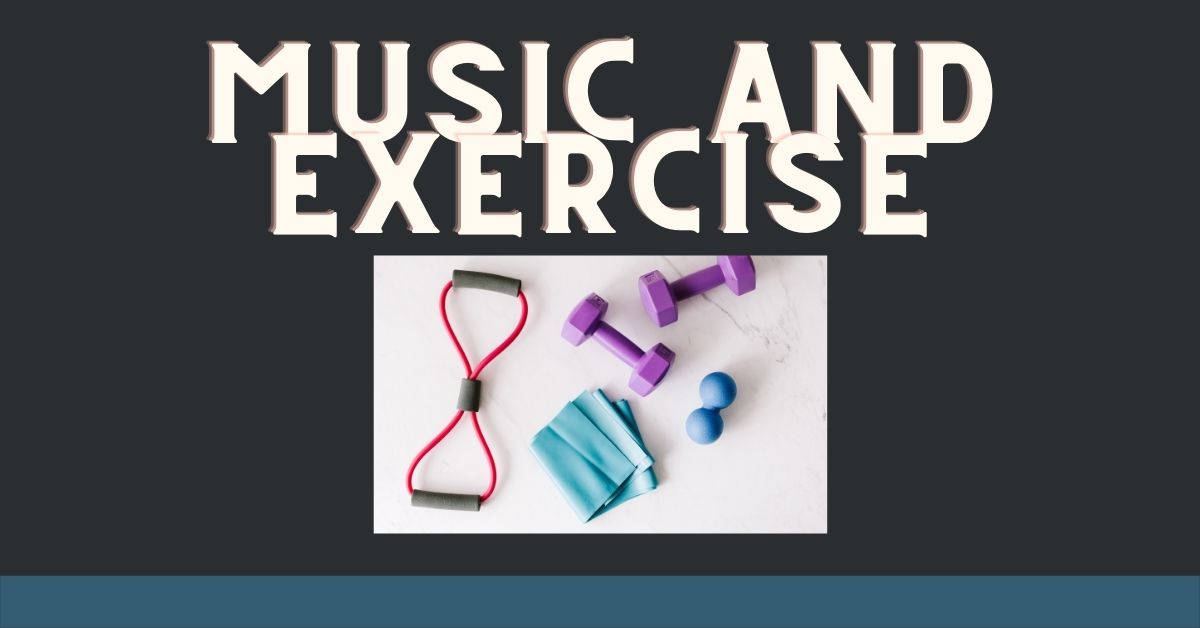Everyone knows exercise can be one more thing we keep putting off, but who doesn’t love Music?
This post will give a brief overview of 1. science behind why we love moving to music, 2. talk about how much fun our adult special needs group has engaging in exercise with rhythm, and 3. provide some simple ideas you can do at home to engage your special needs loved ones in exercise!
- Why Use Music when Exercising?
-We are probably all aware of the vast benefits of exercise (increase cardiovascular ability, reduce the chance of heart attack, address depression the list goes on!) but did you know that according to the CDC “Children and adults with mobility limitations and intellectual or learning disabilities are at greatest risk for obesity”? –https://www.cdc.gov/ncbddd/disabilityandhealth/obesity.html
-Our special needs loved ones need to engage in physical exercise like anyone else, but there can be more barriers to this kind of engagement than neurotypical children and adults. So let’s use the universal language of Music to get moving!
“Most of the studies agree that heart rate and respiration increase when an individual listens to music that has a faster beat per minute tempo than the individual’s normal heart rate, and heart rate and respiration decrease when an individual listens to music with a beat per minute tempo that is slower than the individual’s average heart rate.” *see link at end of section
Alrighty, I need to help someone increase heart rate, play a little faster tempo music while going for a walk. Someone stressed and needs a little bit of de-escalation? The science says music can physiologically assist in bringing his/her heart rate down.
Additionally: One study, in particular, found that “it is the emotional arousal caused by the music that is affecting physiological symptoms, rather than the beat of the music”
What’s more-the emotional connection and impact to music has a physiological effect!
“Music can influence exercise by causing slight variations in physiological characteristics like respiration, heart rate, and muscle tension. Overall, however, scientific research would suggest that the real benefit of music, when it comes to exercise, is the change in psychological characteristics. Music motivates individuals by making them feel more successful and by evoking positive emotions that help to buffer some of the negative symptoms associated with exercise.” –https://chuzefitness.com/blog/why-does-music-motivate-the-science-behind-music-and-exercise/#:~:text=The%20Science%20Behind%20Music%20and%20Exercise%20Respiration%20and,to%20how%20music%20affects%20respiration%20and%20heart%20rate
- Our Exercise & Rhythm Group for special needs adults
Now onto the fun stuff! Our diverse and amazing group of adults with special needs (ages 27-60! Seated, standing-whatever works best!) have impressed me time and time again! We use “sing-a-long”, “dance through the decades” and more themes that anyone can tap and groove to and engage all participants.
What kinds of activities do we do to physically engage: seated yoga, teaching line-dances, cardio drumming, brain-gym movements, rhythm and name games the list goes on! All activities can be adapted to engage a wide range of persons.
- Easy at-home Adaptations/Activities
DRUM! Rhythm, rhythm, and more rhythm. Even the ants-go marching makes us march our feet. Don’t have a drum? Use a yoga ball in a basket, the back of a chair, two drumsticks to hit together. Drumming on items even addresses that oh-so needed proprioceptive input many persons with disabilities need to help regulate.
DANCE! 80% of learning is visual! Use line dances (plus the classic cupid shuffle & cha-cha slide will provide valuable prep for any weddings) with auditory instruction and visual examples. –https://introwellness.com/eyes/the-link-between-vision-and-learning/
STRUCTURE! Timer, number, turn-taking, trivia, use what someone loves to help them stay physically healthy! Any large die or beach ball can be turned into a cognitive exercise activity. As a therapist, I can’t tell you how easily children and adults on the spectrum have engaged in extended periods of exercise with a little bit of structure and incorporating their topic of interest (bring on the dinosaurs, trains, Disney movies, or history fun facts!)
In conclusion, there is a particular exercise and health need in the special needs community, Music can be a huge motivator-providing physiological benefits and an enjoyable emotional connection making exercise a more positive experience, and finally, we’ve seen the benefits in our clinic of using music to engage a wide variety of persons in an extended period of physical exercise! Don’t forget easy ways to use music at home with your special needs loved one to get moving like drumming, visuals, and structure.

